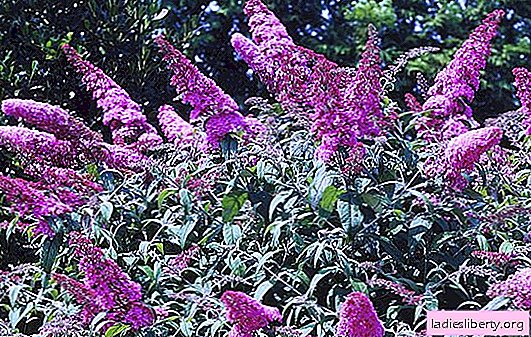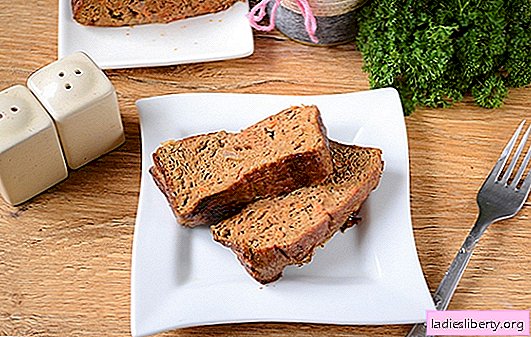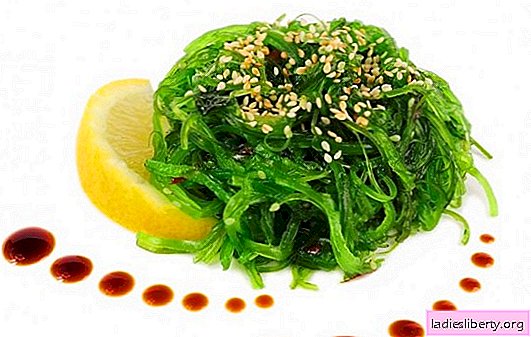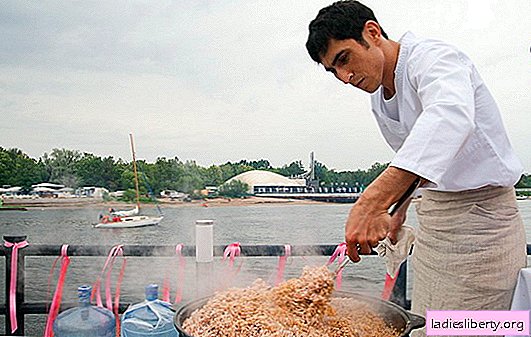
Buddley is a flower shrub that can be found in the warm regions of Africa, Asia and America.
The plant is popularly called a “butterfly magnet” or autumn lilac. This is due to the blooming buddley, which resembles a lilac.
Honey aroma attracts bees and various insects to the garden.
Perennial tolerates frosts well, with the cultivation of buddley there are no difficulties.
Description and characteristics of the bush
More than one hundred species of buddley are known to be grown in horticulture. A distinctive feature of this shrub is its late flowering, which continues until frost.
The buddley bush grows from 1.5 to 3 meters in height. The leaves of the plant are arranged in pairs. In some species, inflorescences are decorated in the form of panicles up to 50 cm long, in others they are spherical. The flowers are small, very fragrant, divided into lobes, like lilacs. The color of the flowers is diverse, the intensity and shades are different. There are plants with white, cream, pink, yellow, orange and raspberry flowers. Fading, perennial forms a fruit with seeds.
Buddley is grown in open ground, tolerates frosts well, but in the northern regions it needs additional shelter. If the plant has been affected by frosts, then the young root shoot is developing rapidly, with good care it can give color in the current year.
Growing buddley from seeds
Collected from bushes, perennial seeds need stratification. To get high-quality seedlings, it is most reliable to buy seeds prepared for sowing in specialized stores. Before sowing, the seeds are mixed with sand to evenly distribute them on the surface of the soil. They begin sowing in early spring.
For planting, it is preferable to use a neutral reaction substrate. It is poured into wide containers, cups or containers, slightly compacting. Each container should have good drainage and a hole for the stack of excess fluid.
Seeds are not embedded in the soil, but distributed on its surface, slightly pressing into the ground. After sowing, the substrate is moistened from a spray bottle, covered with glass and sent to a warm place where the temperature is maintained from 20 to 25 degrees.
Important! The place for seed germination should be well lit, but without direct sunlight.
The first shoots appear after three weeks. At this point, you need to remove the shelter. Caring for a buddha during this period is very important. Seedlings are watered carefully so that the "black leg" does not appear. Experienced gardeners recommend using a pink potassium permanganate solution for irrigation.

With the advent of a few leaves, buddley seedlings are picked into separate containers, best of all, peat pots. Before planting in the garden, young seedlings temper, protecting from drafts.
Planting buddley in the garden
The optimal time for planting seedlings in a permanent place is the end of May, when the threat of frost passes. A place for planting is selected taking into account all the characteristics of the plant. Perennial prefers well-lit areas, but does not tolerate cold wind and drafts.
Planting soil must be moisture permeable, well-drained and nutritious. In heavy clay soils, the plant will often hurt and die. Enrich and improve the composition of the soil will help sand, humus, peat.
Buddley Landing Pattern
Young plants differ in growth rate. They need to be planted at a distance of about 1 meter. A denser planting will cause the shrub to suffer from a lack of lighting and nutrition.
The landing pit should correspond to the root system of the plant, plus 20 cm for drainage and fertilizer. The drainage layer is about 15 cm. On top of it, earth mixed with fertilizers is poured. A well-filled pit provides complete seedling nutrition the first time after planting. The seedling is lowered into the hole and covered with the remaining soil, while the root neck should be at ground level.
Caring for a buddha: watering, fertilizing and pruning
Perennial grows well without additional watering. Shrub quite enough rainwater. But if the summer turned out to be especially sultry, you can resort to moderate watering, at the rate of one bucket per plant.
Supplementary Nutrition
Buddley develops rapidly, its lashes reach more than 2 meters in length. For full lush flowering, the shrub needs additional nutrition, which allows you to extend the flowering period. As fertilizers, drugs with potassium and phosphorus are used, which stimulate growth and flowering.
During the growing season, you need to feed a buddha three times. It is useful to alternate mineral fertilizers and organic. Use liquid droppings, compost and humus.
Buddley needs loose soil. After watering, loosening is carefully carried out, combining it with weed harvesting.
How to crop a buddha
When growing a buddley, pruning is an essential procedure. It allows you to stretch the flowering time, preserves the decorative shrub. Pruning is carried out in early spring, cutting off all the shoots of the plant. Low-growing species are cut at a level of 30 cm from the ground, and tall - 1 meter. Such pruning forms a compact bush, which is distinguished by its decorativeness and catchy flowering. As you can see, caring for a buddha does not cause much trouble even for a novice gardener.
Preparing a buddha for winter
In the autumn, the shoots are shortened, and the bush spills up with earth. From above, you need to install a frame from a wooden box on which the roofing material is fixed. The design is very durable, withstands even strong gusts of wind.
Sawdust or film is not used as a shelter, since under them the roots and shoots of the plant will mate.
Varieties and types of buddley with photos
In our climate, the most resistant varieties are grown that tolerate winters well.
Buddley david

This is a deciduous shrub that reaches a height of about 3 meters. It features fast growth of shoots. The upper side of the lanceolate leaves is painted in dark green color, the reverse side is pubescent, pale yellow. Flowers have a pleasant honey aroma, collected in spike-shaped inflorescences of lilac color. The length of inflorescences is up to 40 cm. Flowering occurs at the end of summer and lasts more than 2 months. Known varieties of buddley David with different colors:
• Alba, White Profusion - white-flowered varieties;
• Empire Blue, Black Knight - a variety of purple shades;
• Royal Red, Harlequin - red flowers.
In our latitudes, some varieties derived on the basis of the David buddley are well tolerated by winters: the Wilson buddley, the Vich buddley. These are tall shrubs with dense inflorescences.
Bedley

Less winter hardy variety of deciduous shrubs. Pale lilac flowers are very similar to lilacs. Inflorescences have a pleasant aroma of almonds. Cultivated in the shape of a tree with a drooping crown.
Spherical buddley

Shrub of spring flowering. Inflorescences are spherical in orange-yellow color. Winters in the open ground only in the southern regions of Russia.
Buddley white-flowered

Deciduous shrub with white cone-shaped inflorescences. Winters under good shelter well.











